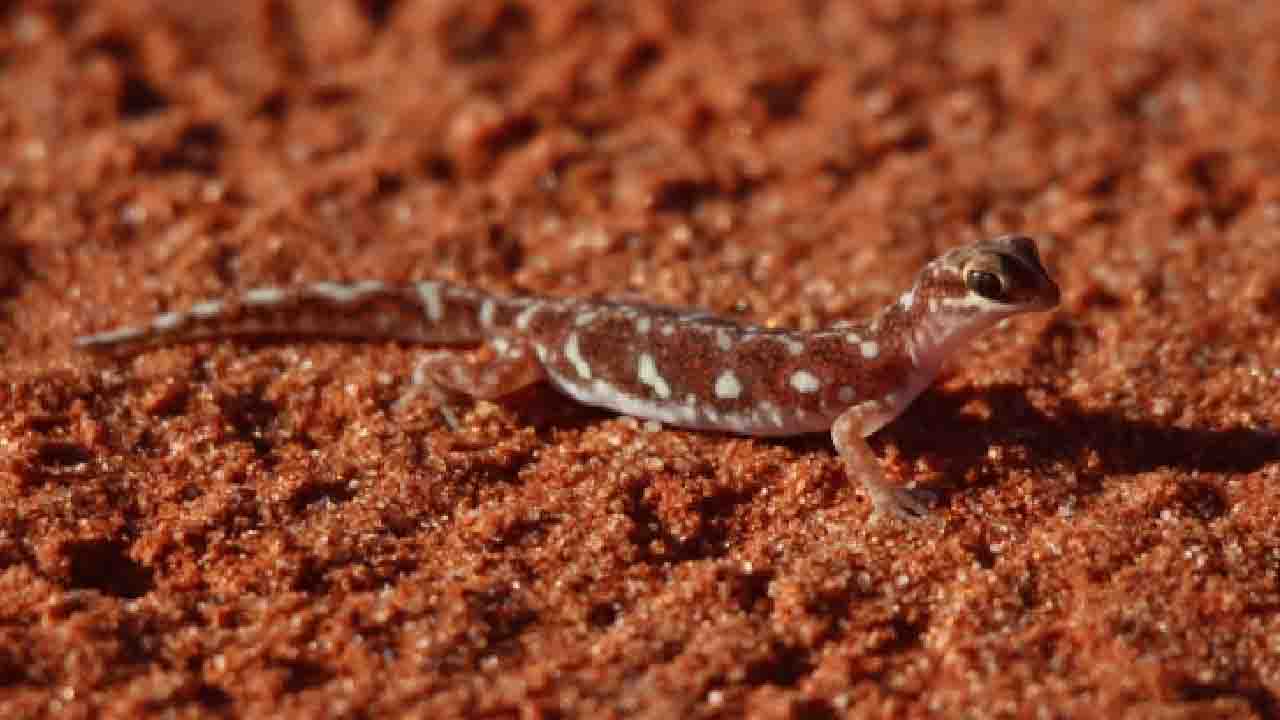Agriculture & Climate Change, Australia (Commonwealth Union) – The disruption to ecosystems has long been known to lead to a series of disruptive consequences, such as bat diseases leading to increased insect populations as bats often keep the insect populations under control. In recent years conservationists have focused on reintroducing indigenous species since they are more capable of adapting to their native environments in comparison to the introduction of a completely new species.
Researchers from The University of New South Wales (UNSW), have noted that the decrease of decaying vegetation can lead to significant effects on the desert food chain.
The overgrazing by herbivores like kangaroos can change ecosystems dramatically, but the effects of increased grazing have on the cover of dead vegetation along with cascading impacts on small vertebrates such as lizards, desert frogs and dunnarts is well known, but extensive research has not been conducted.
Researchers at UNSW are currently demonstrating that overgrazing may lead to the destruction of the desert food webs that are between dead plant material, termites and animals depending on termites as their primary food source. This latest finding is significant for the conservation of biodiversity for arid Australia.
Scientists from the School of Biological, Earth & Environmental Sciences conducted field work in the arid region of South Australia and had their work published in the journal Ecosystems.
Lead author PhD student Baptiste Wijas and Professor Mike Letnic had noted that brown food webs, that is the consumption of dead or decaying vegetation by detritivores, like termites or earthworms. Mr Wijas along with his researchers discovered that overgrazing by kangaroos in arid ecosystems may have a negative impact on the brown food web, where kangaroos consume plants prior to their maturing, dry out and end up as food for detritivores.
“We found that less dead biomass due to overgrazing herbivores can lead to a reduction in termites,” said Mr Wijas. “Fewer termites, the principal decomposers in these environments, could ultimately result in a reduction in the number of lizards and small mammals in arid ecosystems, as many of these small vertebrates feed on termites.”
The majority of the food web has had a key focus on ‘‘green food webs’’ which, unlike brown food webs, start with the consuming of living, photosynthesizing vegetation by herbivores.
“A lot of research in arid ecosystems has focused on the green food webs that follow ‘boom periods’ prompted by large rainfall events,” said Prof. Letnic. “These ‘boom periods’ see spectacular growth and blooming of desert plants and increases in the populations of many animal species that feed on the growth, such as herbivores and rodents. Drier periods are a lot less exciting and consequently have attracted less attention.”
The researchers based their studies on Boolcoomatta Station Reserve, a conservation reserve managed by the non-government organization Bush Heritage Australia, where Adnyamathanha and Wiljakali people are Traditional Owners of Boolcoomatta.
The most recent research was compared with the results from studies conducted out in different areas with increased fertile environments, where it was discovered that the presence of herbivores can raise animal decomposer populations. Even though the findings were novel researchers indicated that more questions require answers.
The research team suggested carrying on the exploration of the impact of grazing in deserts, and future research must manipulate termite abundance to evaluate the relationship between termite abundance and the diversity and abundance of small vertebrates having further controlled conditions.
Prof. Letnic pointed out that the latest findings may have vital implications in the conservation and management of arid Australian ecosystems and further indicated that conservation managers can apply this knowledge in making informed decisions on ways to manage herbivore populations and seek out early signs of habitat disruption, essential for conserving other species.







